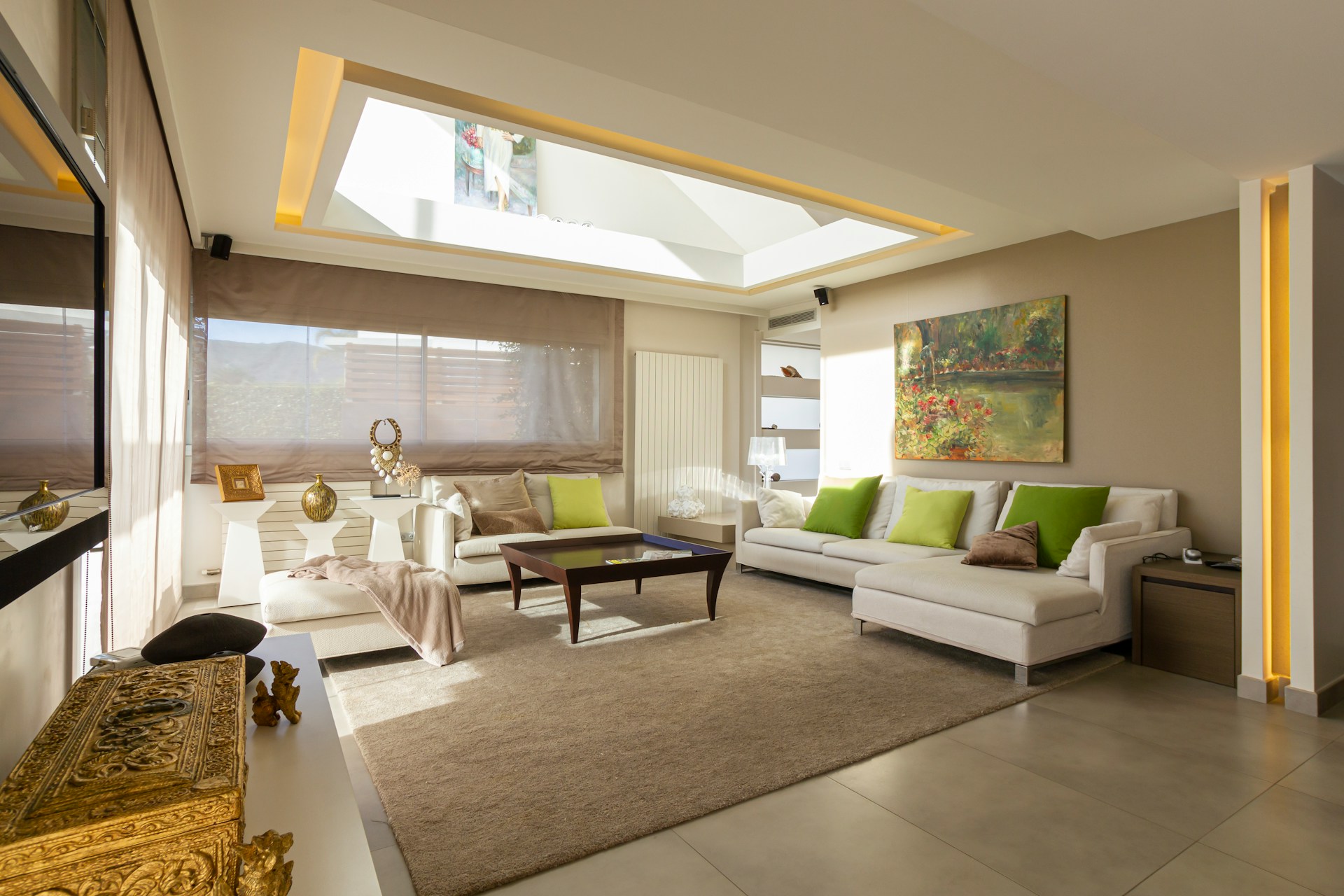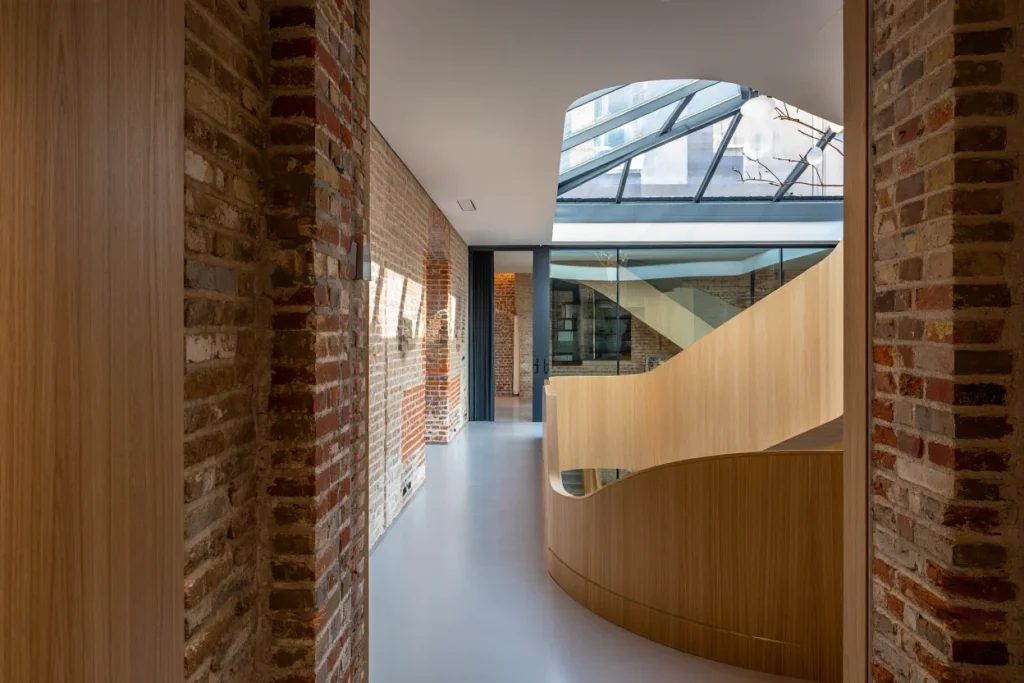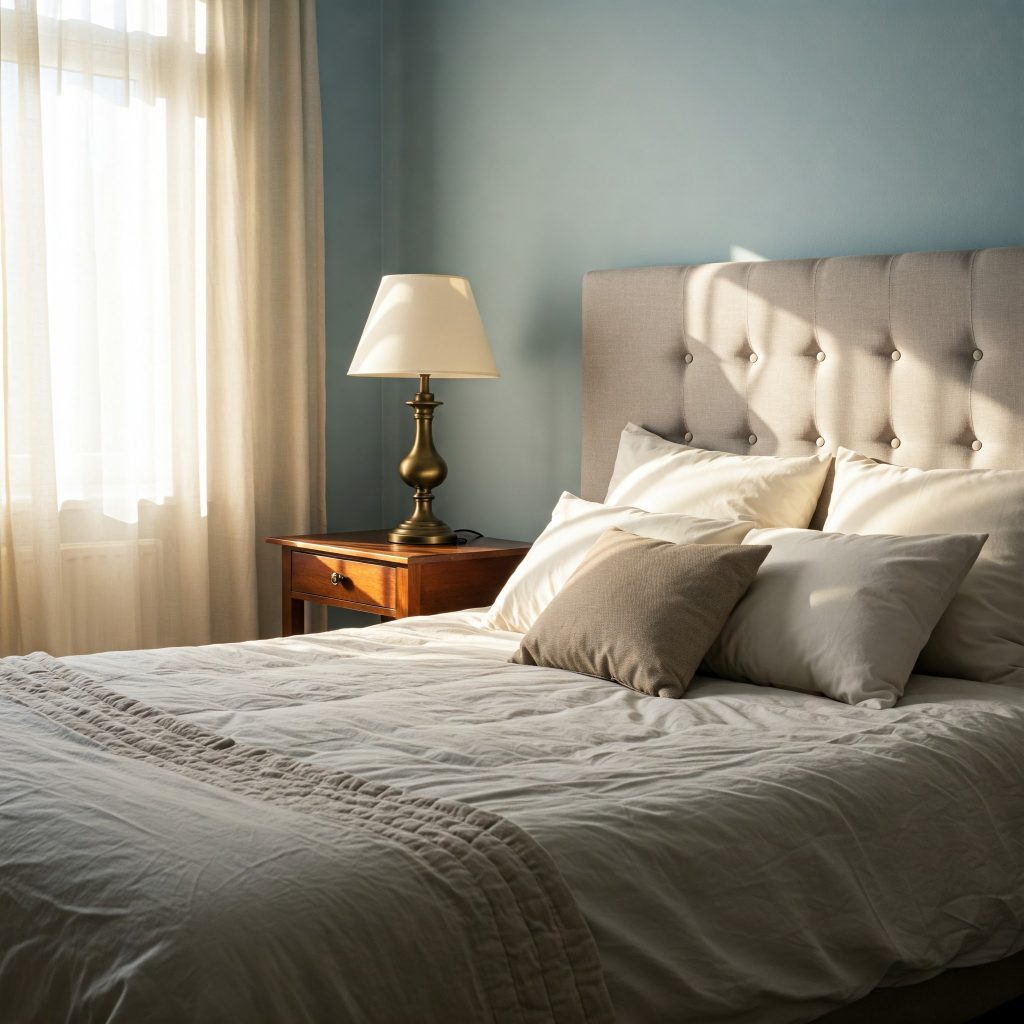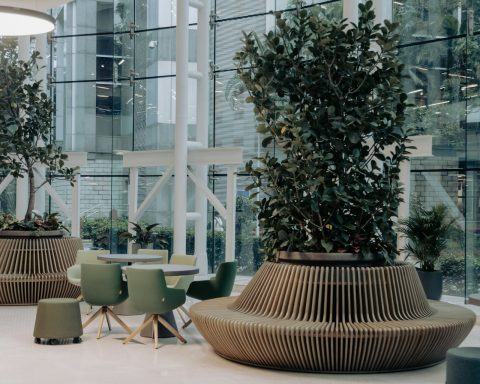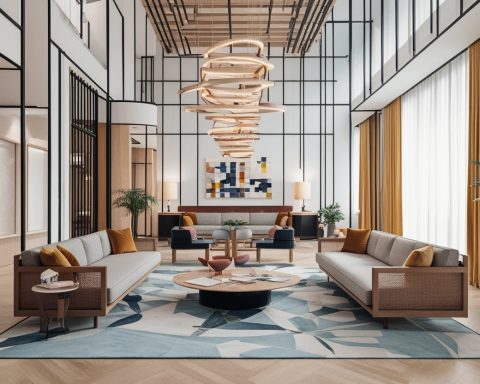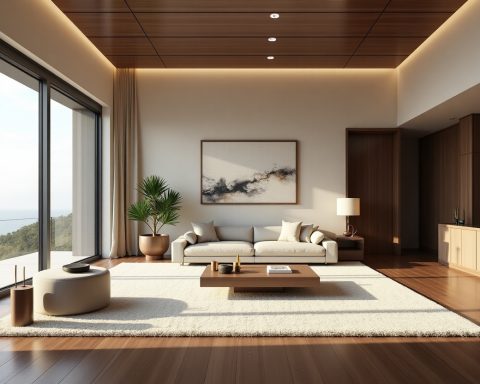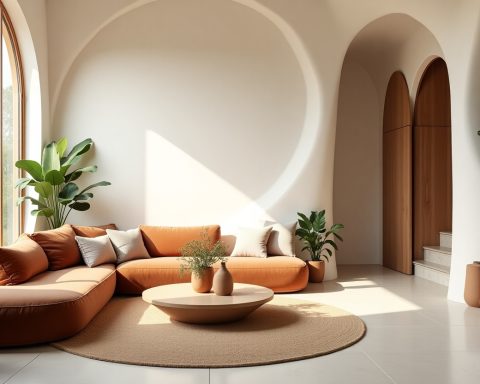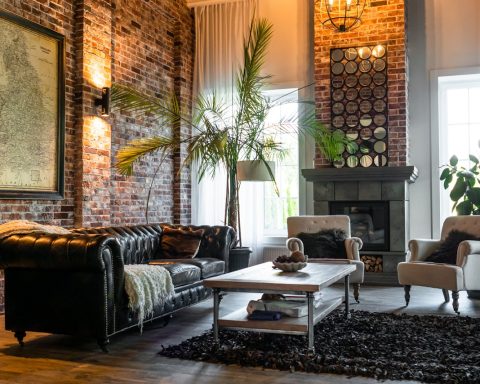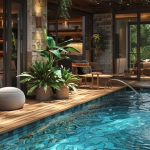Interior architecture is not merely about aesthetics—it is a profound psychological tool that shapes the way we think, feel, and behave. From the layout of a space to the color of its walls, every detail contributes to our emotional wellbeing and daily experience. In this article, we dive deep into the intricate ways interior architecture influences human behavior and examine how strategic design can enhance mental health, productivity, and overall life satisfaction.
The Psychology Behind Interior Spaces
Humans are inherently reactive to their environments. The science of environmental psychology shows us that the way a space is designed directly affects stress levels, creativity, focus, and even social interactions.
Spatial Layout and Flow
A cluttered or poorly organized space can trigger anxiety, while an open, breathable layout promotes mental clarity and calmness. Open-plan environments foster social interaction, while zoned layouts can enhance focus by designating specific areas for work, relaxation, or creativity.
Wayfinding, the ease with which people can navigate a space, also plays a vital role in shaping comfort and cognitive load. When a space is intuitively navigable, it reduces mental effort and creates a sense of control and confidence.
Natural Light and Emotional Balance
Access to natural light is a cornerstone of wellbeing. Numerous studies have linked exposure to daylight with increased serotonin levels, improved sleep cycles, and reduced symptoms of depression and anxiety.
Window Placement and Daylight Access
Proper window orientation, along with skylights and reflective surfaces, can flood interiors with natural light, positively impacting mood, alertness, and circadian rhythms. Biophilic design, which integrates natural elements like greenery and daylight, enhances emotional restoration and lowers blood pressure and heart rate.
Color Psychology in Interior Architecture
Color is not merely decorative—it influences mood, behavior, and perception. Understanding the psychological effects of different hues is crucial in creating emotionally supportive environments.
Warm Colors vs. Cool Tones
- Blues and greens evoke tranquility and are ideal for bedrooms or spaces meant for relaxation.
- Reds and oranges stimulate energy and conversation, making them effective in dining or social areas.
- Neutral palettes can bring a sense of stability and elegance, serving as a blank canvas that reduces overstimulation.
Color saturation and brightness also affect spatial perception. Light, soft hues make a space feel larger and airier, while dark, saturated tones can create intimacy and cocooning effects.
Material Selection and Sensory Impact
Materials play a profound role in how a space feels emotionally and physically. Tactile comfort—how surfaces feel when touched—affects our sensory experience and emotional response.
Textures and Emotional Resonance
- Soft textiles such as wool and velvet create warmth and comfort.
- Natural materials like wood, stone, and clay evoke grounding, calmness, and a connection to nature.
- Cold or industrial materials like steel and concrete may inspire modernity and efficiency but can also feel harsh or impersonal if not balanced with softer elements.
Careful layering of textures encourages sensory harmony and contributes to a multidimensional emotional experience within the space.
Ceiling Heights and Behavioral Influence
The height of a ceiling can significantly influence cognitive function and psychological state.
- High ceilings foster creativity and abstract thinking, making them suitable for creative studios, galleries, and brainstorming zones.
- Lower ceilings enhance focus and a sense of safety, often found in intimate or meditative settings like libraries or reading nooks.
The perception of vertical space subtly nudges the brain to engage in either broad, expansive thought or narrow, detail-focused concentration.
Furniture and Human Interaction
Interior architecture also shapes behavior through furniture placement and ergonomics. The positioning of seating, tables, and communal spaces can foster connection or solitude, depending on intention.
Zones of Interaction
- Circular seating arrangements promote equality and open dialogue.
- Lounge configurations with soft, deep seating support rest and introspection.
- Multi-functional furniture adapts to evolving needs, enhancing flexibility and personal agency within a space.
Ergonomic design also reduces physical strain, directly influencing mental wellbeing and productivity.
Acoustics and Emotional Harmony
Sound is a crucial yet often overlooked aspect of interior architecture. Poor acoustics can increase stress, reduce concentration, and contribute to social withdrawal.
Sound Design Strategies
- Acoustic panels, carpets, and curtains absorb excess noise, creating a peaceful environment.
- White noise or ambient natural sounds, such as water features, enhance cognitive clarity and relaxation.
- In open spaces, zoning through materials and ceiling design can manage reverberation and encourage comfortable conversation levels.
A well-balanced acoustic environment supports mental clarity, emotional regulation, and social cohesion.
Personalization and Identity Expression
Allowing occupants to personalize their space strengthens their sense of identity and emotional security. Whether it’s artwork, personal objects, or the freedom to arrange furniture, personalization fosters a deep psychological connection to the environment.
Empowerment Through Design
Spaces that adapt to the user’s needs enhance self-expression and autonomy—two essential pillars of emotional wellbeing. Flexible interiors invite participation and collaboration in shaping one’s habitat, resulting in deeper satisfaction and belonging.
Biophilic Design and Nature Integration
Biophilic design has become central in promoting health and wellbeing in modern interior architecture. By incorporating natural forms, patterns, and processes, architects can reduce stress, enhance mood, and support healing.
Key Biophilic Elements
- Indoor plants, green walls, and indoor gardens
- Water elements like fountains or aquariums
- Natural light and views of nature
- Use of organic shapes and patterns inspired by nature
This sensory-rich experience stimulates positive emotional responses and nurtures a deep, primal connection with the environment.
Interior Architecture in Healthcare, Education, and Workspaces
Different environments demand unique architectural strategies to enhance specific behavioral outcomes.
Healthcare Spaces
Design that promotes calmness, dignity, and hope—through natural light, soothing colors, and accessible layouts—contributes to faster patient recovery and reduced anxiety.
Educational Environments
Dynamic, engaging layouts, ample daylight, and interactive zones can significantly enhance learning, concentration, and student engagement.
Workspaces and Productivity
Modern offices are embracing activity-based design—spaces that encourage movement, collaboration, and focus. Integrating nature, ergonomic furniture, and strategic lighting boosts motivation, morale, and mental health.
Conclusion: The Silent Architect of Human Experience
Interior architecture is more than space—it is a powerful influencer of human behavior and emotional wellbeing. By aligning spatial design with psychological principles, we create environments that don’t just shelter us, but also heal, inspire, and empower us.
